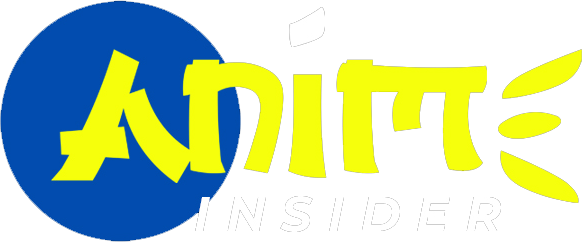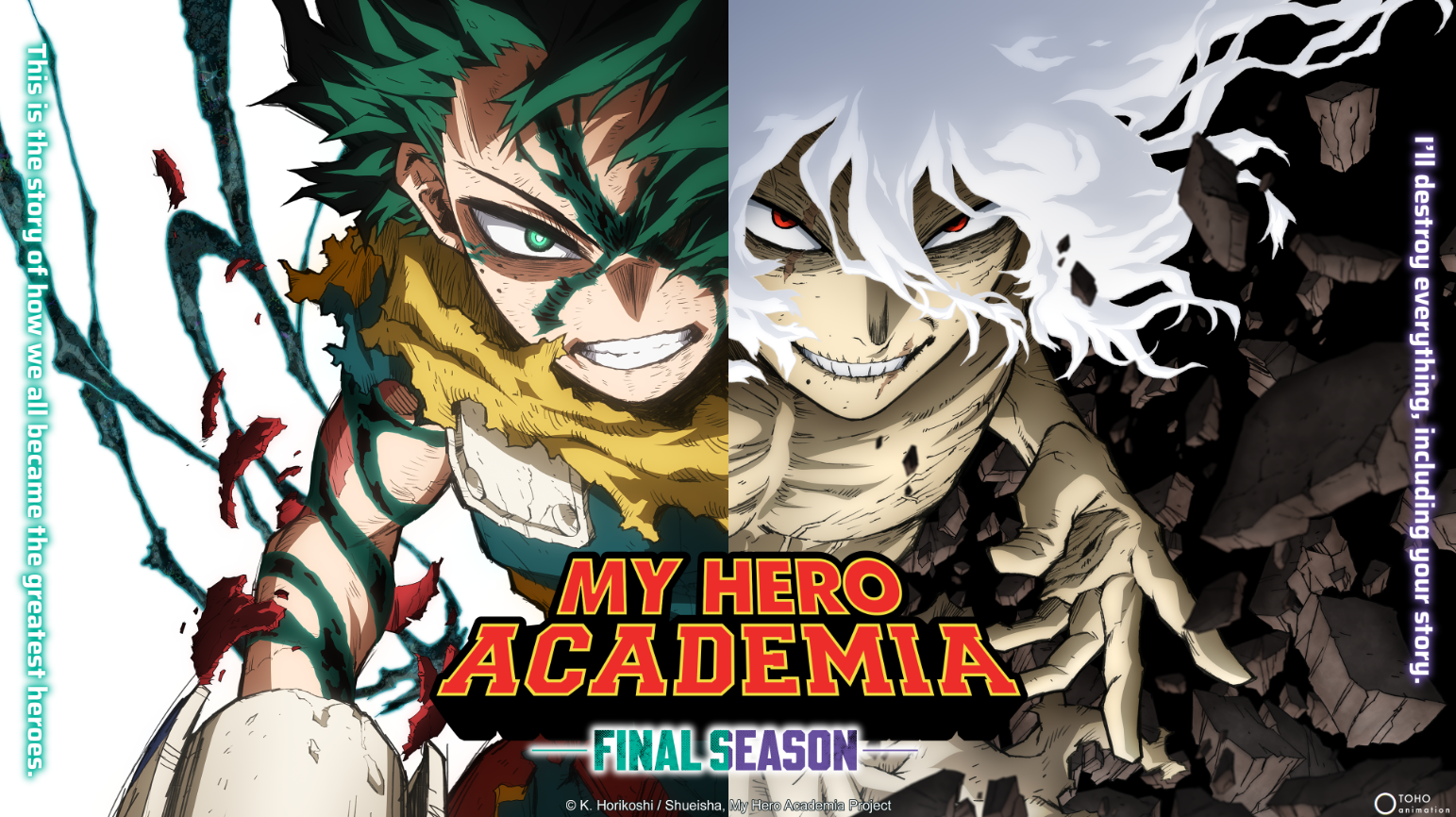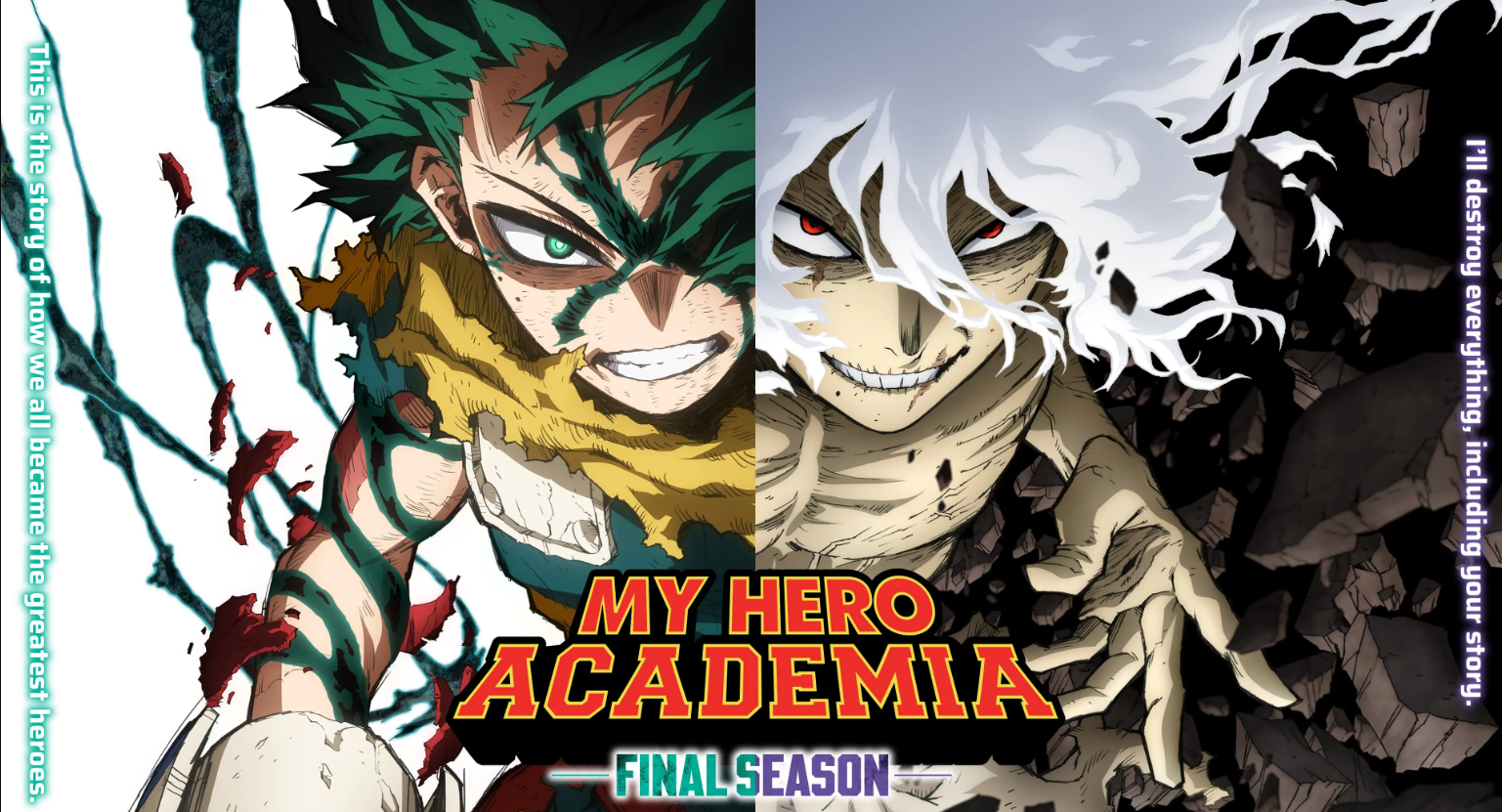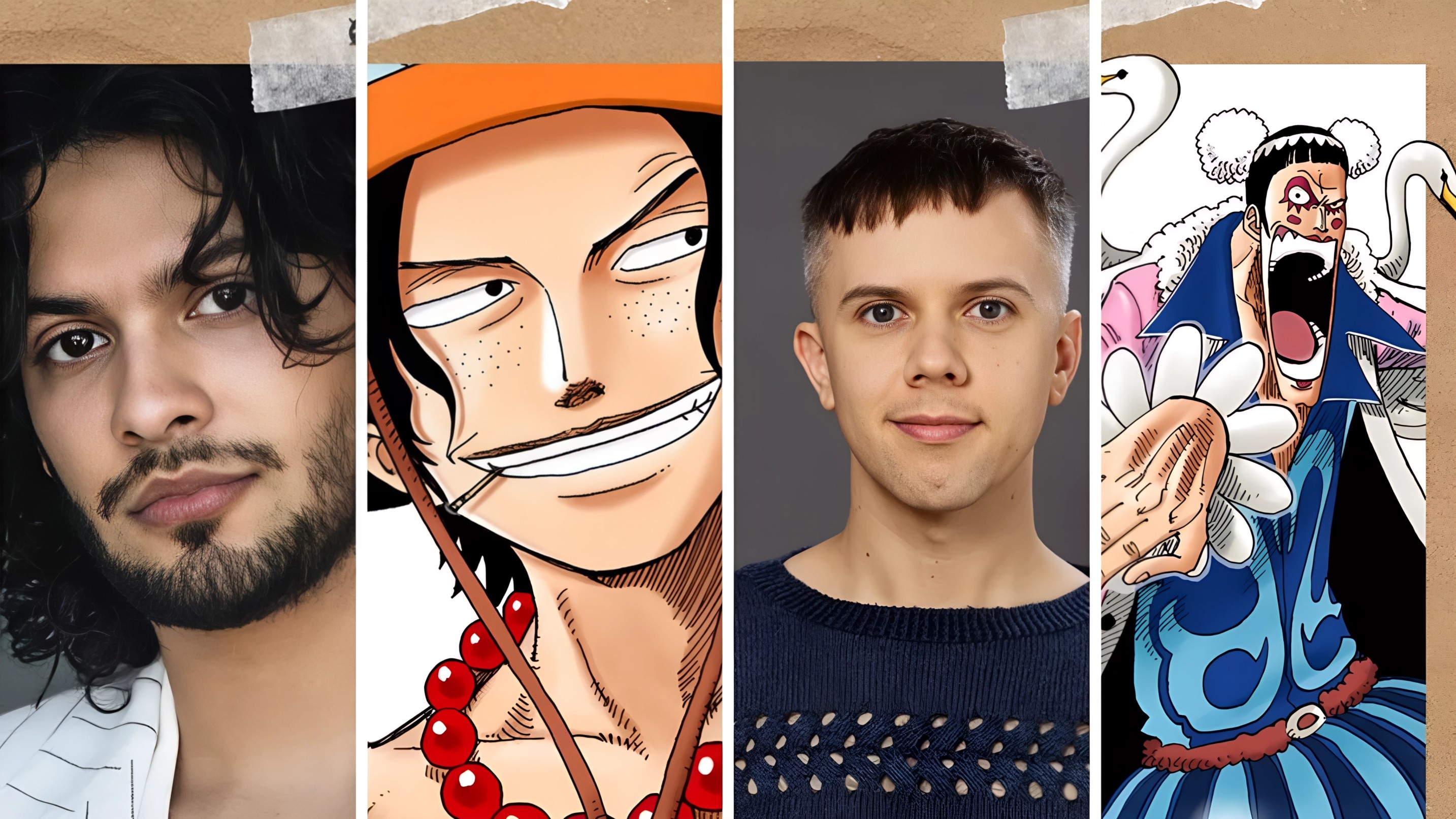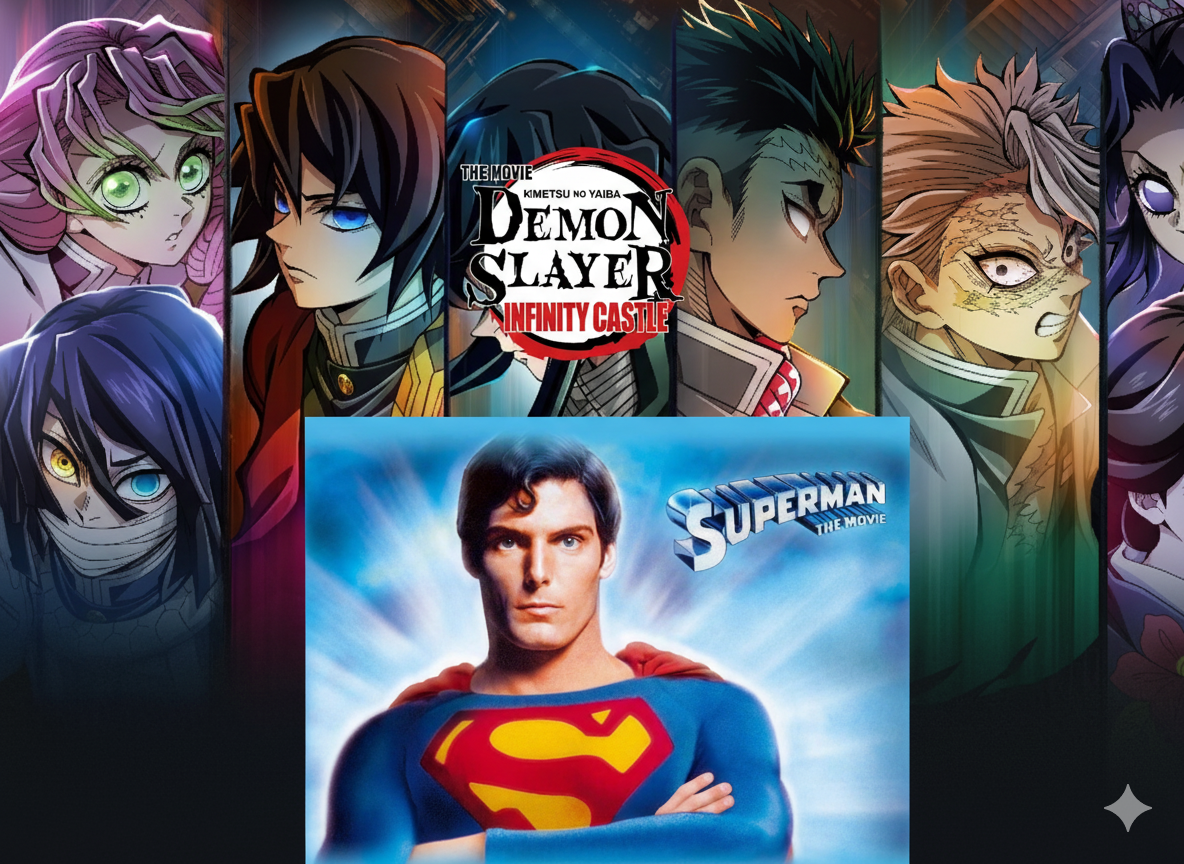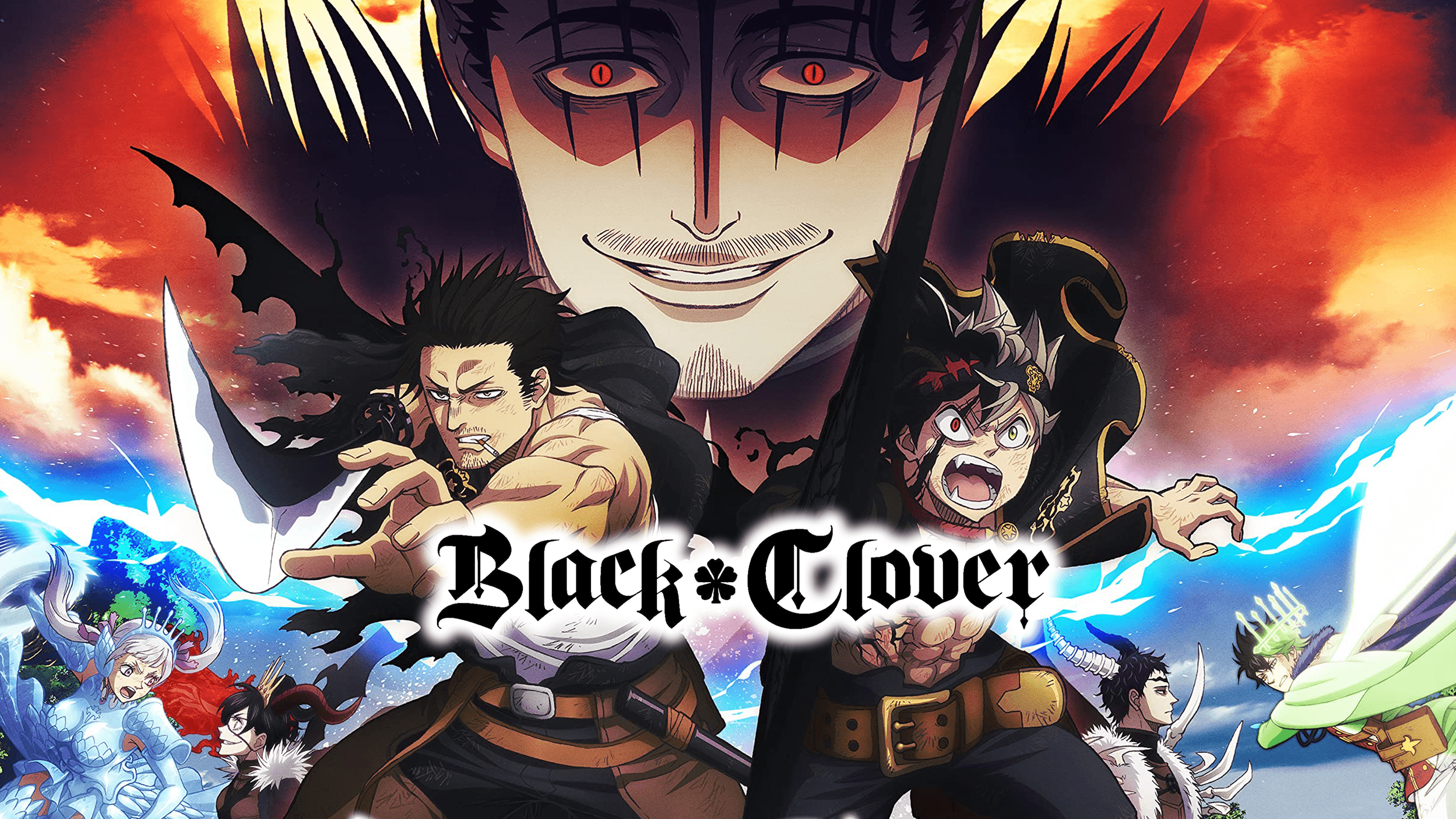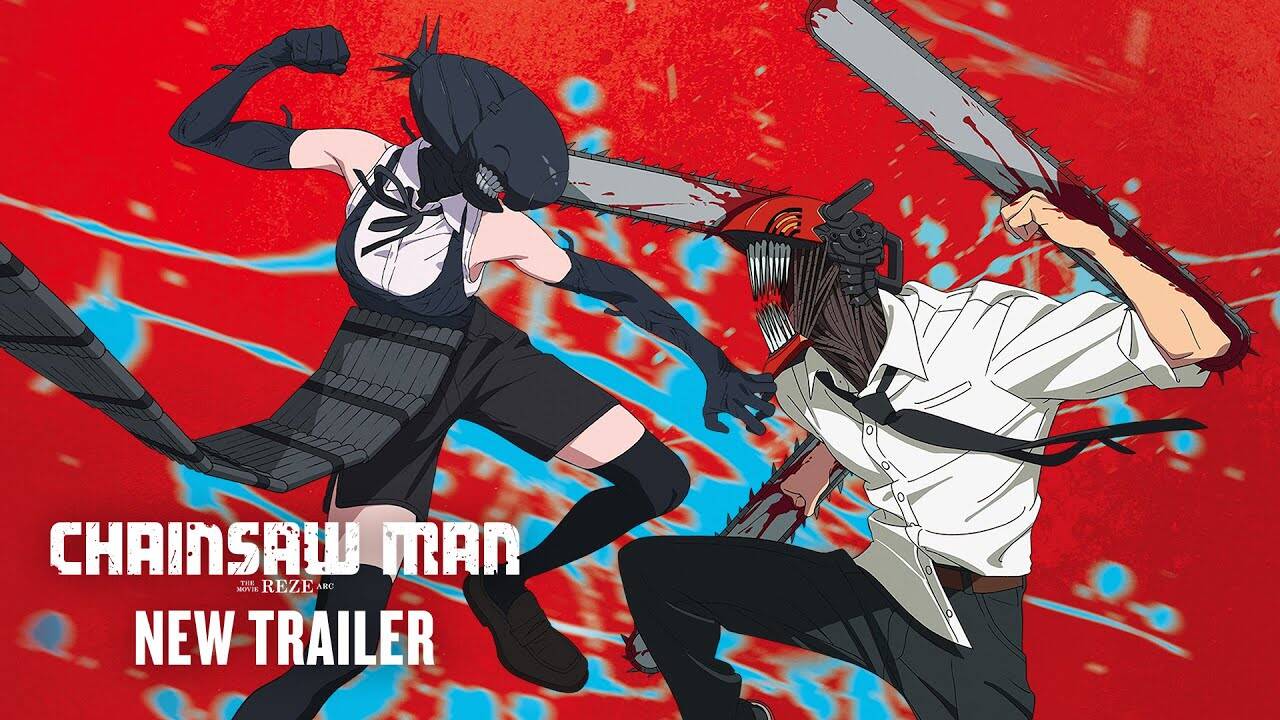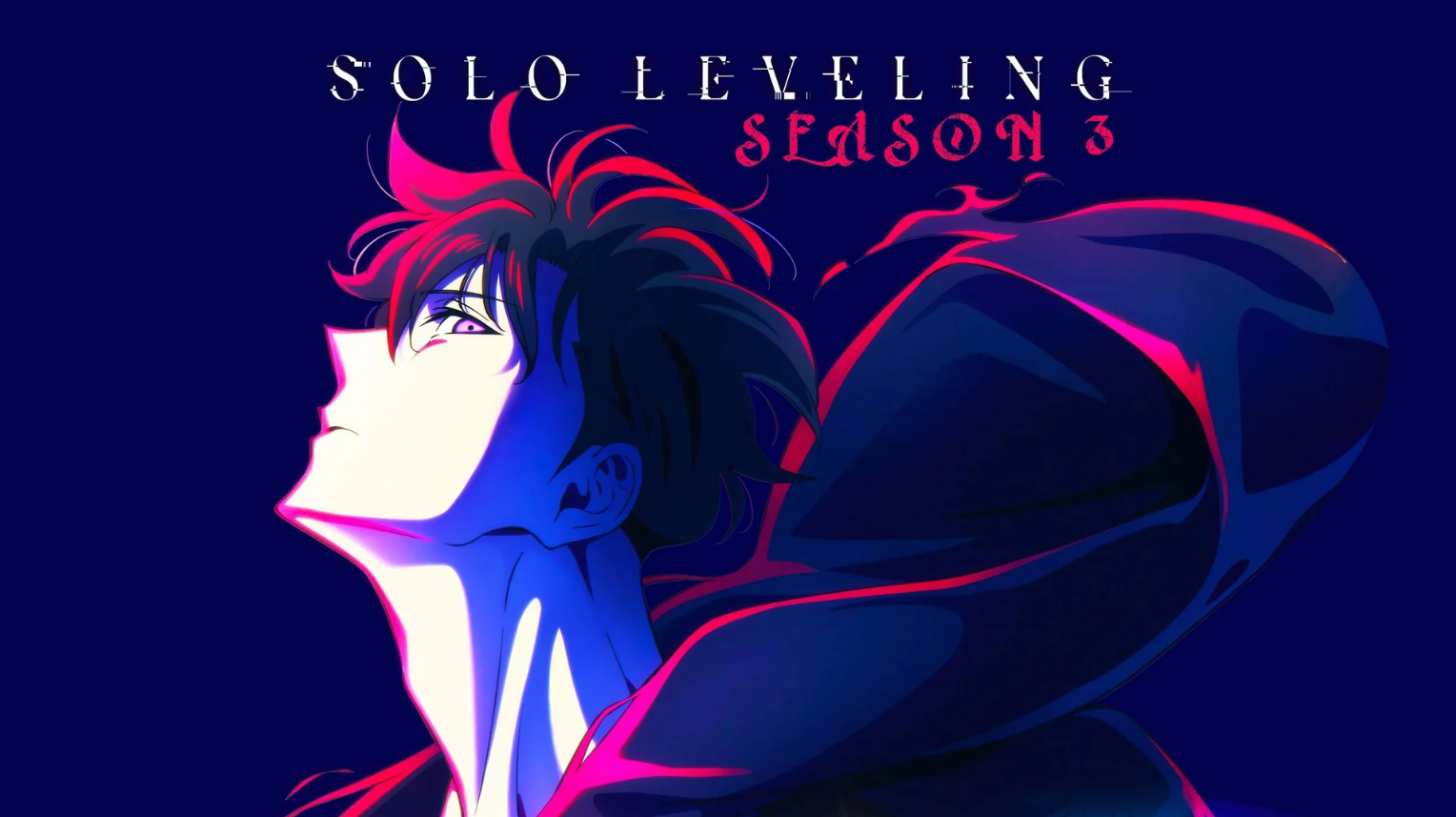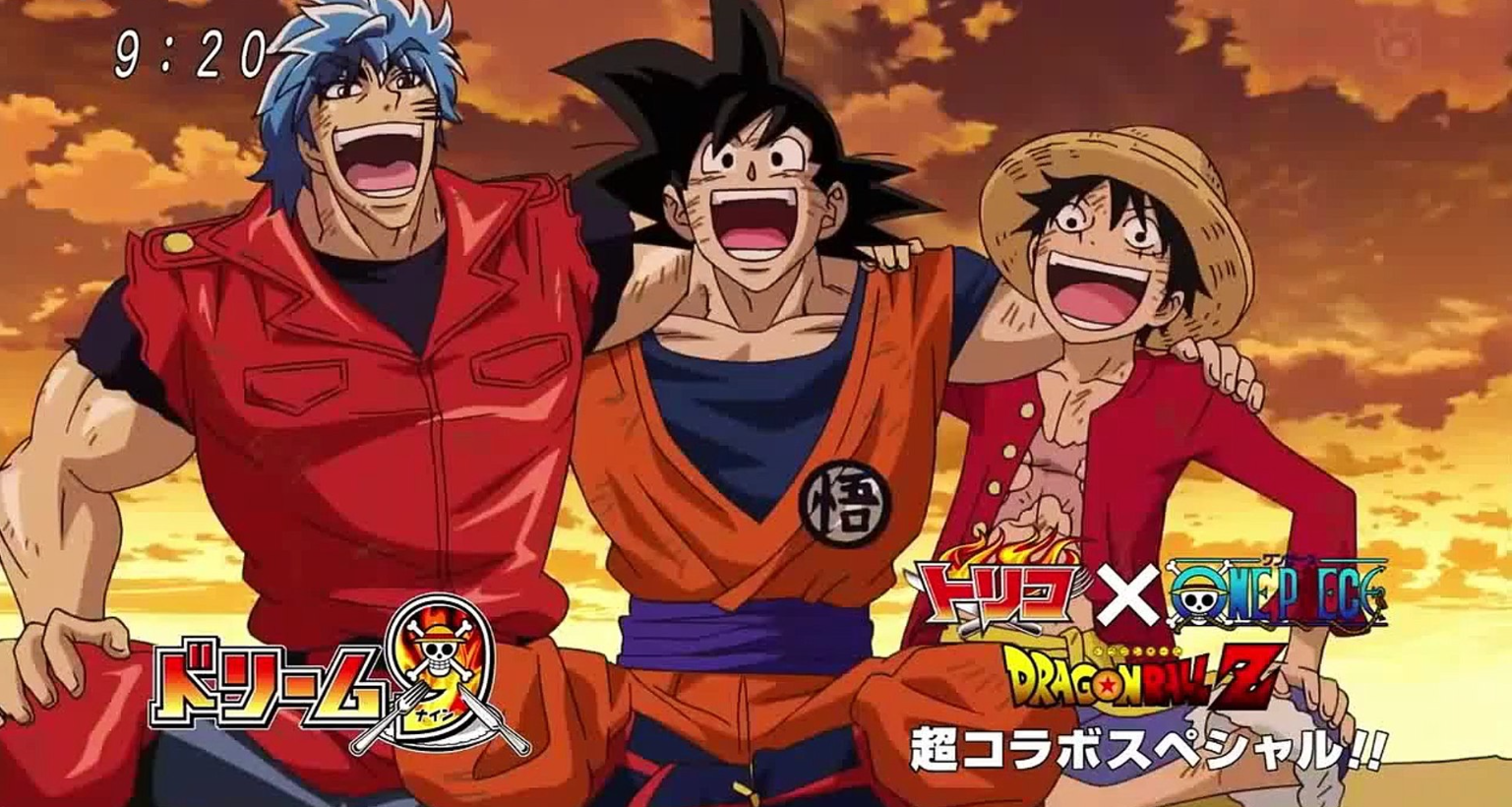The first full look at the last chapter of My Hero Academia is more than a hype reel. It is a practical lesson in why animation schedules matter. The trailer moves from quiet looks of resolve to city shattering clashes, and the jump in polish is obvious. This is the kind of finish that asks an entire studio to plan with patience, layer by layer, until the story hits with both muscle and heart.

You can see that intent from the opening shots. Characters hold the camera with small shifts of expression. Light catches in the eyes. Hair and fabric settle before any punch is thrown. Then the action erupts and there is no blur for blur’s sake. Impacts read cleanly. Dust lifts, scatters, and fades. Debris follows believable arcs. Effects glow without drowning the scene. That level of clarity does not appear by luck. It comes from extra passes on layout, better timing on key poses, more rounds of cleanup, and careful composite to bind it all together.
Deku’s showdown with Shigaraki is a prime example. The trailer keeps the camera close enough to feel every movement, then pulls wide so the scale feels real. When the pace spikes, you still track who is where and why. That is a sign of boards and cuts that were tested, reworked, and tested again until flow made sense. It is also a sign that the team was allowed to spend days and weeks polishing beats that will flash by in seconds.
The same care shows up in Armored All Might’s charge at All For One. The suit has weight. Panels flex, joints lock, and the ground answers when he lands. Animators and effects artists clearly synced to sell that sensation. That requires time for departments to talk to each other, to avoid last minute guesswork that can flatten a set piece.
There is an emotional discipline running under the spectacle as well. My Hero Academia has always been about mentorship, legacy, and the cost of standing tall. The trailer carries those ideas with careful staging. A breath before a leap. A hand that shakes and then steadies. A focus on small choices, not just big blasts. Those touches come from directors and animators who have the hours to search for the exact moment that says the most with the least.
You can also feel how far the craft has come since season one. Early episodes had to live with the pace of weekly television. Scenes were smartly staged, but you could sense where corners were trimmed to make air. Now the line is firmer, the color work is richer, the camera is braver, and the action plays cleaner. That improvement is not only talent. It is scheduling, planning, and respect for the production pipeline.

Giving artists time is not a luxury. It is the difference between a loud finale and a lasting one. When studios can slow the churn, crews can refine choreography, match effects across shots, and push the final pass from good to memorable. The new trailer shows a studio that understands the assignment. The last act of a decade long story must land with clarity and care. That takes time.
As the countdown to the premiere continues, the message is simple. If you want a finale that honors the journey of Deku, Shigaraki, All Might, and everyone around them, you have to let the people making it breathe. The trailer is proof that patience pays off.
For more news, deep dives, and behind the scenes features, follow Anime Insider on Instagram and Facebook.
